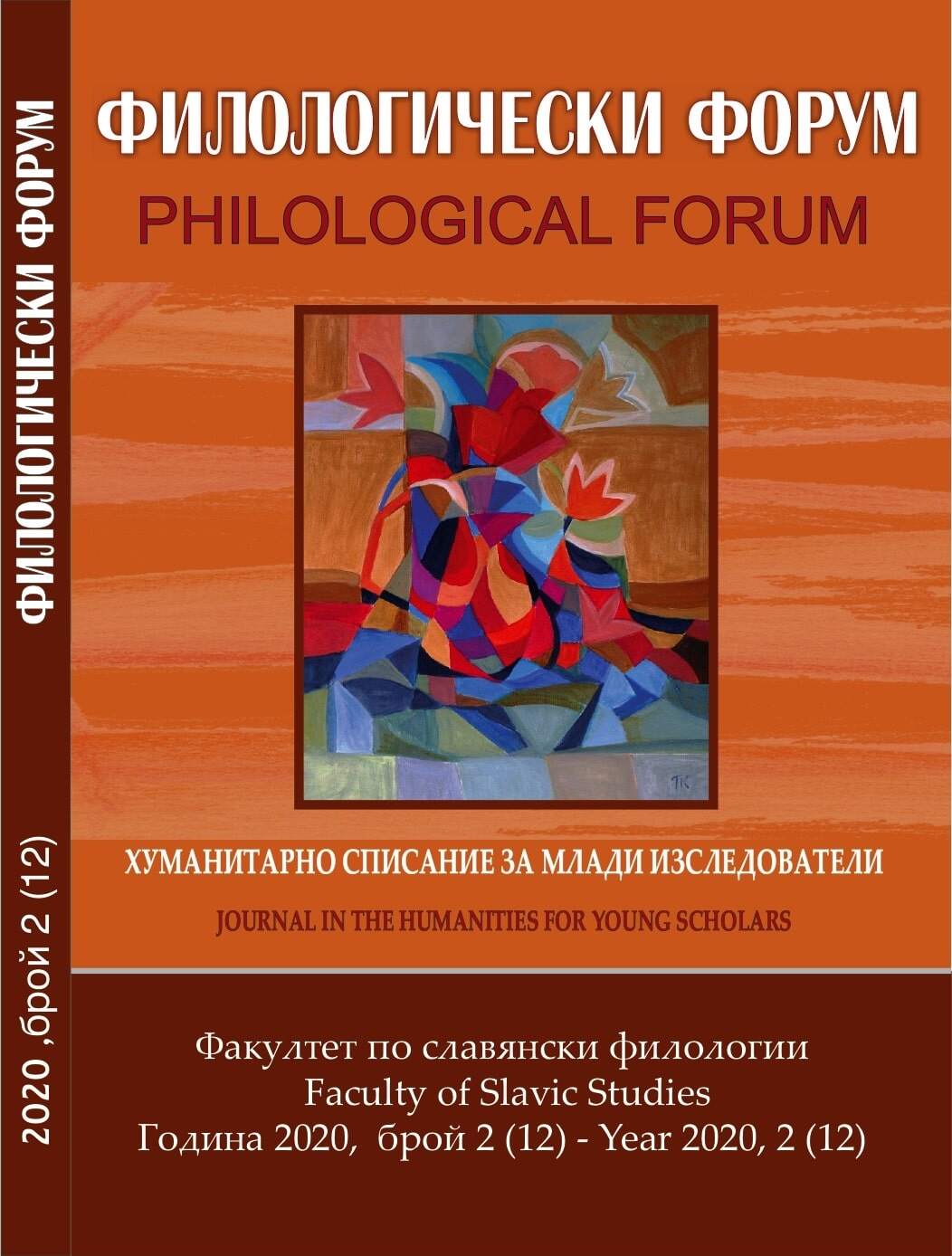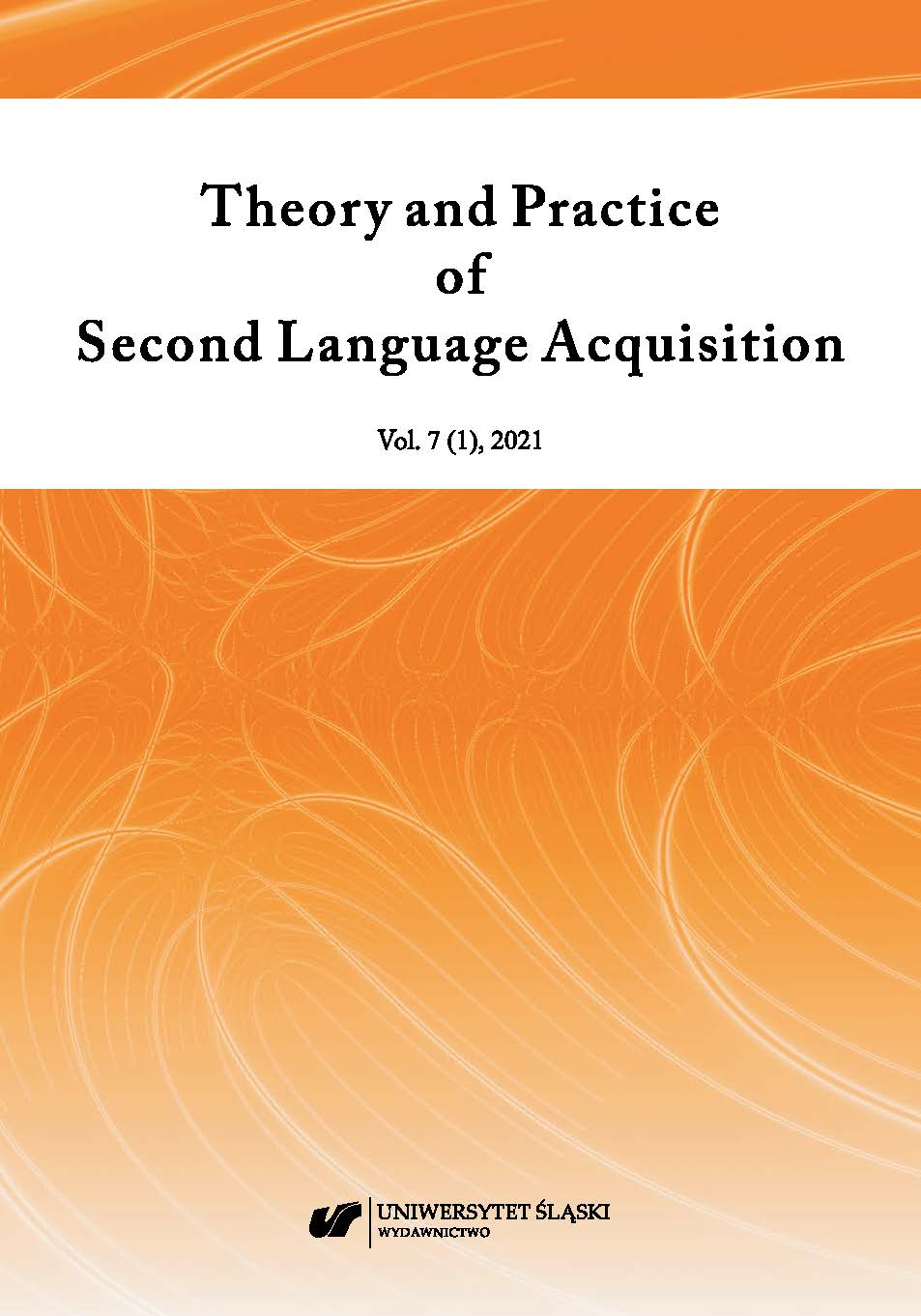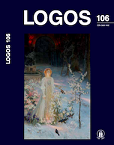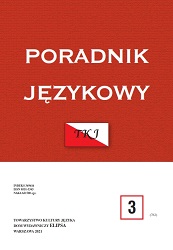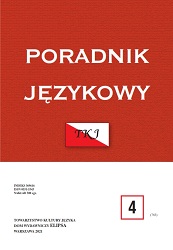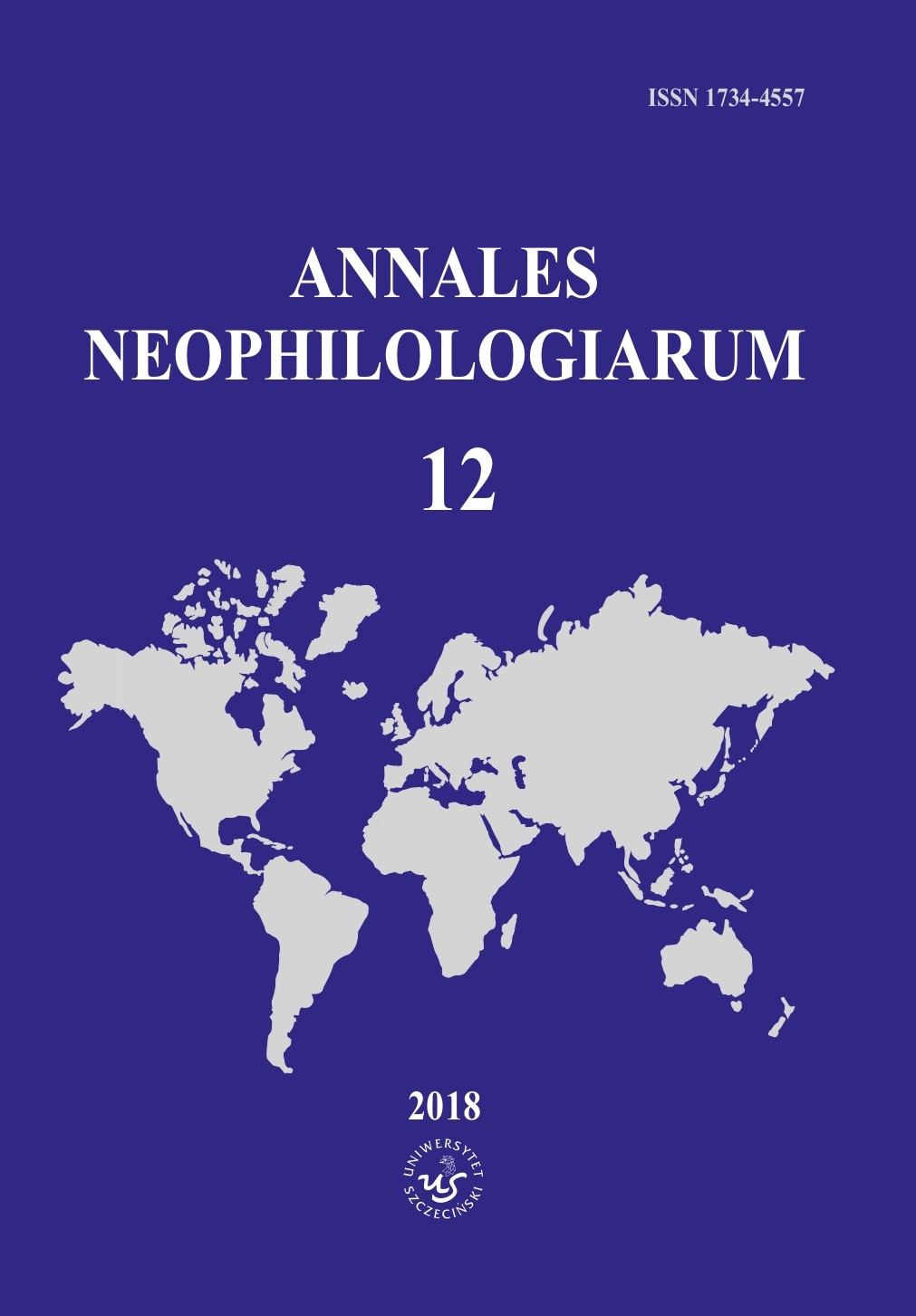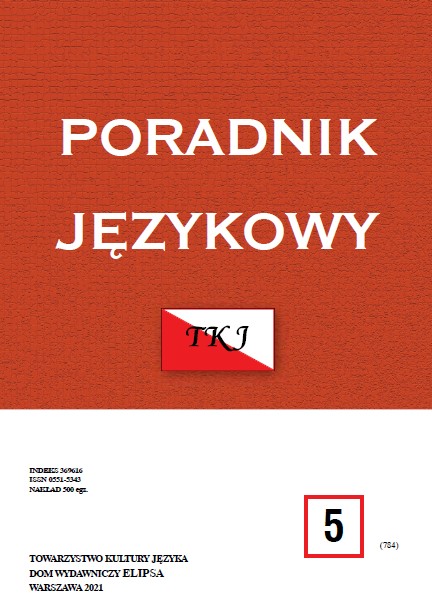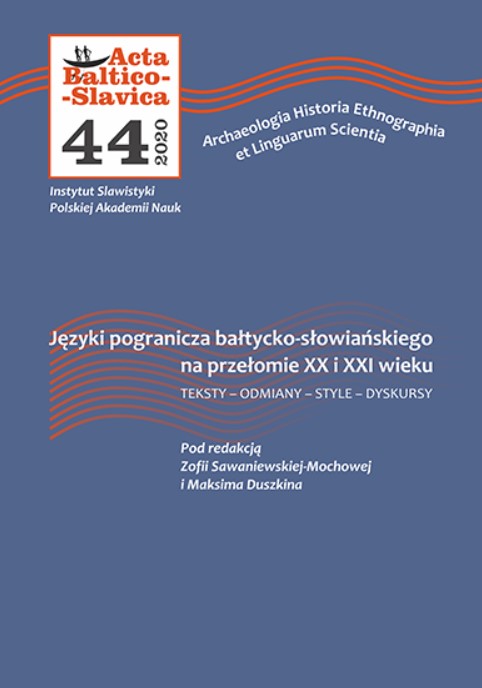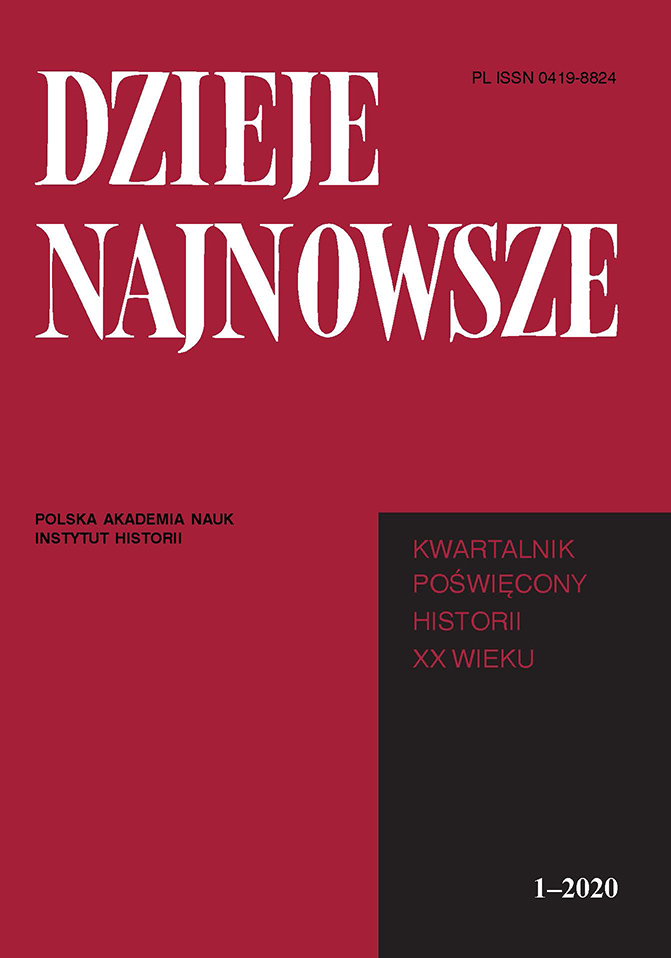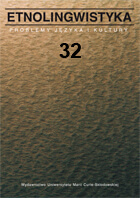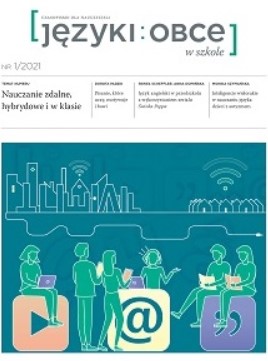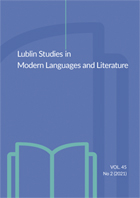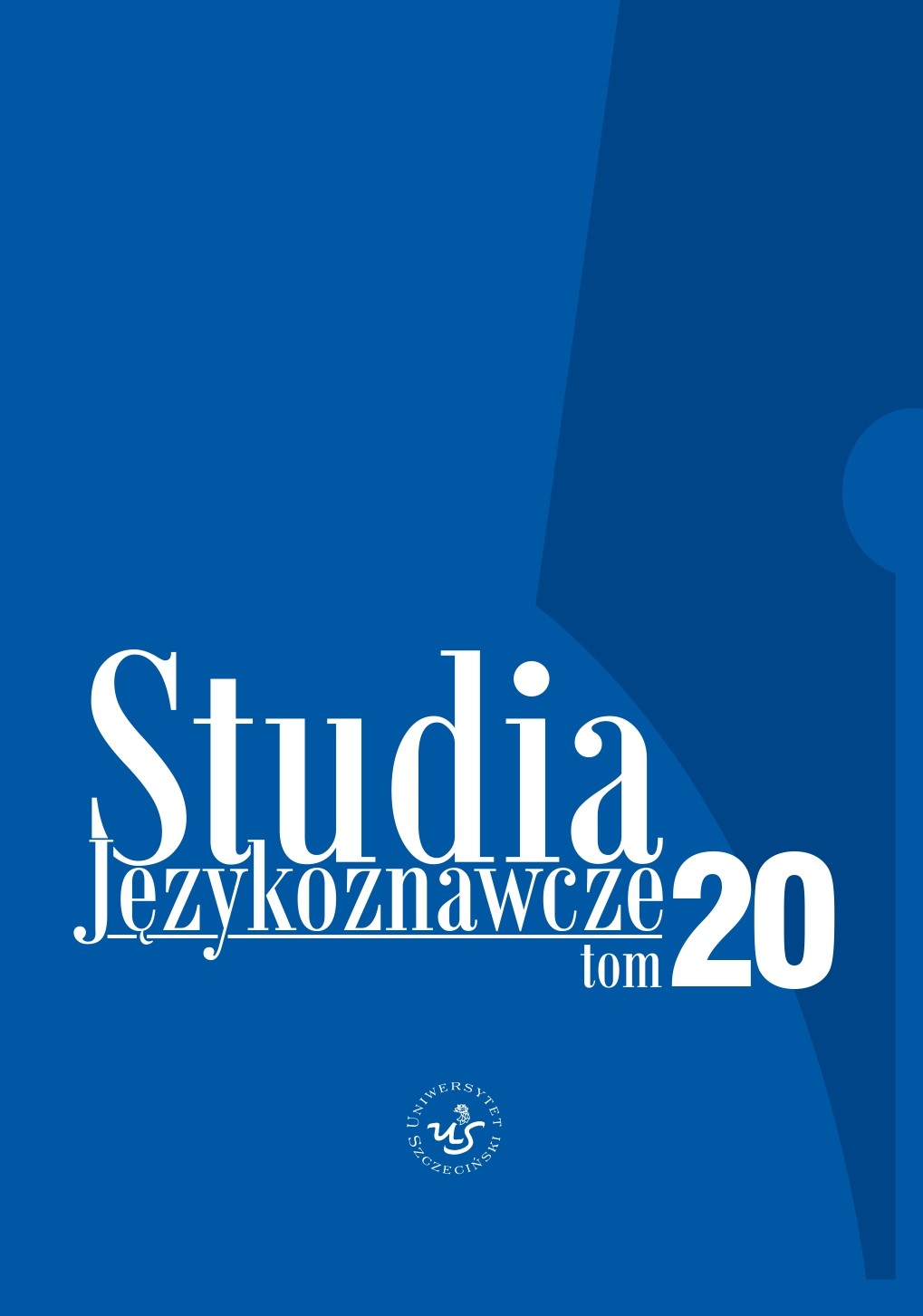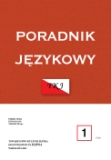
Przyimek i jego użycie w pracach pisemnych osób dyslektycznych
The research presented in this paper is aimed to answer the question whether dyslexic people who had been diagnosed with delayed speech development before they started school use prepositions correctly in statements and how their ability to use prepositional phrases affects their formation of sentence structures. The material underlying the research on the syntactic functions of prepositions and prepositional phrases has been extracted from reports on speech development for six-year-old children and stories created by the same people many years later, when they were eighth-year students. Analyses of dyslexic students’ essays have confirmed that one of the key indicators of developmental dyslexia, which is helpful in diagnosis, could be the preposition acquisition time as well as understanding and using this part of speech in utterances and statements.
More...
